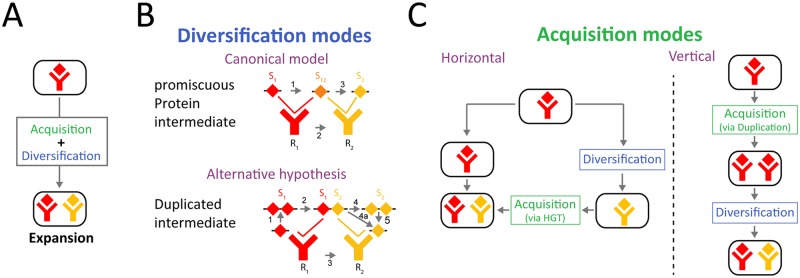Fig 1. Evolutionary mechanisms for expansion of a pathway family.
(A) Expansion of a signaling pathway family requires two processes—acquisition of another pathway and diversification of pathway specificity. (B) In the canonical model for divergence of protein–protein interaction specificity, it occurs through a promiscuous protein intermediate (Top). Mutations in one of the interacting proteins (arrow #1) form a promiscuous intermediate, which can interact both with the ancestral and evolved form of its partner (arrow #2). Subsequent mutations to the intermediate form narrow the specificity range to the novel form of the partner, completing the specificity shift (arrow #3) [12]. Alternatively, as we propose in this work, divergence can occur through a duplicated promiscuous state (Bottom). Duplication of one of the partners (arrow #1) and subsequent mutations in one of the duplicates (arrow #2) form an effective promiscuous form, where the ancestral copy interacts with the ancestral partner and the diverged copy with the evolved partner (arrow #3). Subsequent loss of the ancestral copy (arrow #4, 4a, and 5) completes the specificity shift. Note that the duplication needs to be transient for a full specificity shift to occur. (C) Acquisition of paralogous signaling pathways can occur in two forms: (left) horizontally, where pathway specificity diverges between lineages and then a divergent system is acquired by horizontal gene transfer (HGT), or (right) vertically, involving duplication and diversification within the lineage. Note that the order of acquisition and divergence is opposite in the two cases.

